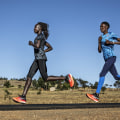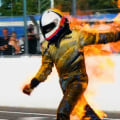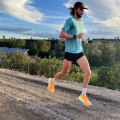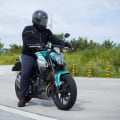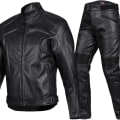When it comes to racing apparel, the material used is often the most important factor for safety. Most suits are made of Nomex, a synthetic material produced by DuPont that retains its fireproof properties over time and use. Other suits are made of cotton treated with Proban, a chemical manufactured by Rhodia, or other substances. These suits can lose their fireproof properties over time, especially after washing.
Other suits are made of Kevlar, polybenzimidazole fiber (PBI) or carbon fibers, but they are used less due to the lack of comfort and variety of colors. Newer suits, such as those produced by Sparco, have inner linings treated with menthol to create a refreshing sensation and combat odor. Additional accessories are also used, such as long fire-resistant underwear, gloves, shoes and masks, or balaclava-like head socks. Proban is commonly used in economic suits because of its cotton base.
The cotton fabric is filled with a chemical cocktail that initiates the formation of polymers, which is irreversible. This polymer formation is the barrier that protects against fire and intense heat. However, many runners and product specialists believe that Proban lacks longevity and extended protection. Since the 1980s, racing suits have been customized to highlight the sponsors of drivers and teams, resulting in designs similar to those of racing cars.
As a race director, you can prepare for your order to be successful by asking participants to specify their shirt size when registering online for the race. The FIA requires different safety ratings depending on whether you are going to wear your racing suit for track days, rallies, sprints, hill climbs or circuit races. This comprehensive guide to buying a race suit will explain everything you need to know to make a smart decision when purchasing your next race suit. It is important to consider the material used in the suit as well as any additional accessories that may be necessary for your particular type of race. Additionally, you should be aware of the FIA safety ratings and ensure that your suit meets the requirements for your type of race. Brian Agee, a developer of timekeeping software and race timing expert, talks about how to create and operate an open RFID race timing system.
